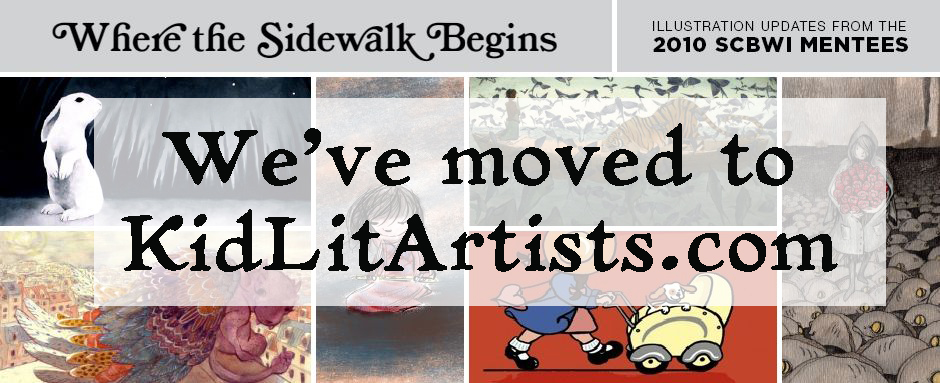A Picture in Your Heart
 Friday, January 14, 2011 at 3:10PM
Friday, January 14, 2011 at 3:10PM

OK, book review time! I picked this up at Goodwill last week, and loved its simple, reflective approach to the skills of drawing and observation. It is a great introduction to the fundamentals of zen drawing. Despite the small hints of cynicism towards modern creativity; the core of the overall lesson - or at least how I perceived it - is quite profound.
Gerhard's approach, really, comes close to how we approach things as children - with eyes wide open and unassuming, and tuned into the truest emotional reaction. We then create upon those reactions, communicating something brave and personal. We should be less concerned with style and outside perception, and more concerned with being true to nature and ourselves.
Craftmanship and creativity are each needed to draw, and it can be a fine line – so to speak – between drawings that communicate an exactness of form, verus drawings that communicate an experience. But it is a very important distinction!
Different than most of the technical drawing books of today; The Joy of Drawing (published in 1961) is a short book that attempts to put into words and lessons the very human experience of drawing creatively. It explores art philosophy, the beginnings of imagination, and thoughts on human visual perception of nature. Gerhard aims for a way to create drawings from the inside out, both through observations of nature and through observations of our emotions; to truly record in line the feelings we have as we observe and invent.
It is a great book to browse - a few pages at a time - then ponder and draw for awhile.
On page one, Gerhard calls for a return to our creative roots; put down the camera, turn off the TV and radio (and video games, smartphone, computer, etc…). Return to a time of our (great) grandparents, before modern technology, manufacturing, and capitalism; when art and creativity – singing, playing, dancing, weaving, and drawing - was a natural part our everyday fiber; when a sketchbook took the place of a camera and we learned to draw so that we could capture what we see and feel.
Gerhard presents many great questions throughout the book (and does his best to answer them),
“Why should you study nature in such an old-fashioned way in the age of photography?”
“Why delve into the details in an age of abstraction and impressionism?”
“How do I use the language of drawn forms to say what I have felt and observed?”
“How does a tree speak?”
And wisdom,
“…the urge to be individually creative for the sake of feeling human - “
“The more surprises you experience, the more you discover out of doors and in yourself, and the more questions that come up, the more you will realize that you do not know what things really look like.”
“To be a creative artists means to hear the language of forms, to understand it, and to express yourself in it.”
“It is always drawing-lesson time, even if you are not drawing.”
“Don’t say it is too hard (to draw). It is only hard to draw what has not passed through your heart.”
“you need a picture in your heart before you are able to bring a picture from inside yourself onto paper.”
“…when a certain view fascinates you more than all the rest, stop and observe it for a long time.”
“Your drawing is right when it has helped you to see more.”
There's a progress of lessons with each new chapter, mixing lessons in observation and creative drawing. The ultimate lesson, of course, is to be yourself while still being true to nature. To try for perfection is to deceive yourself of nature’s unlimited, changing forms - inside and out.
~John









Reader Comments (3)
"On page one, Gerhard calls for a return to our creative roots; put down the camera, turn off the TV and radio (and video games, smartphone, computer, etc…). Return to a time of our (great) grandparents, before modern technology, manufacturing, and capitalism; when art and creativity – singing, playing, dancing, weaving, and drawing - was a natural part our everyday fiber; when a sketchbook took the place of a camera and we learned to draw so that we could capture what we see and feel."
This really resonates with me! I loved the post John, thank you for sharing what inspired you in the hopes it will inspire us. It did!
Great review, John, and for the inspiring advice!
It is so easy to get distracted these days and forget the pure pleasure of drawing by inspiration. Thanks, I needed the reminder.